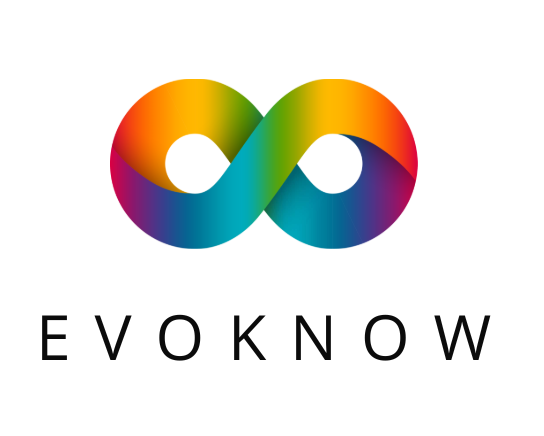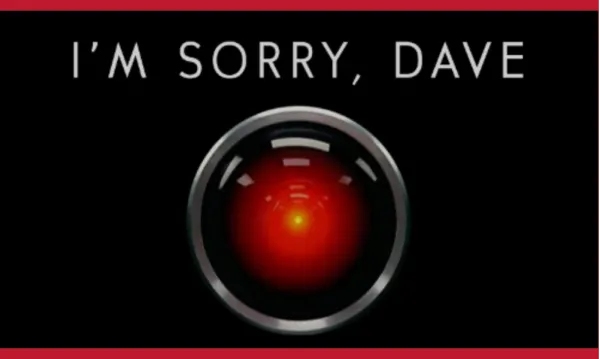Einstein's Secret Startup Formula: E = MC² for Entrepreneurs
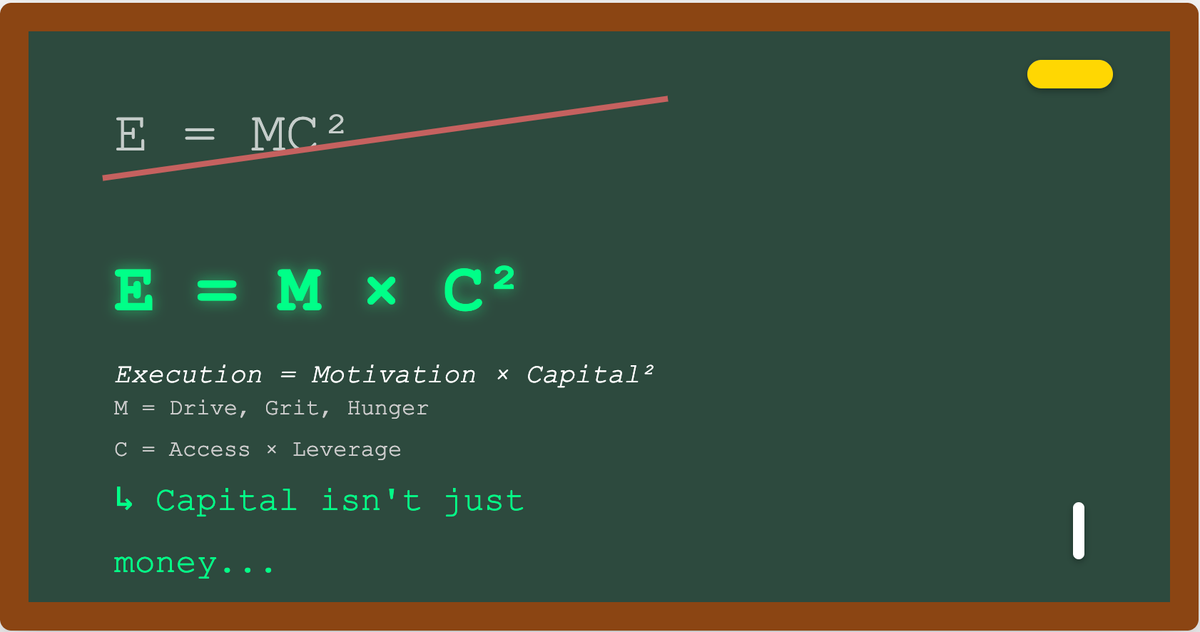
What if the key to startup success was hiding in plain sight in a physics equation we all learned in high school?
Picture this: It's 3 AM, and you're hunched over your laptop in a cramped apartment, surviving on instant ramen and sheer willpower. Your brilliant idea is crystal clear in your mind, but somehow you're still stuck in the same place six months later. Sound familiar?
Here's the thing Einstein never told you: his most famous equation isn't just about splitting atoms—it's the ultimate startup success formula, hiding in plain sight.
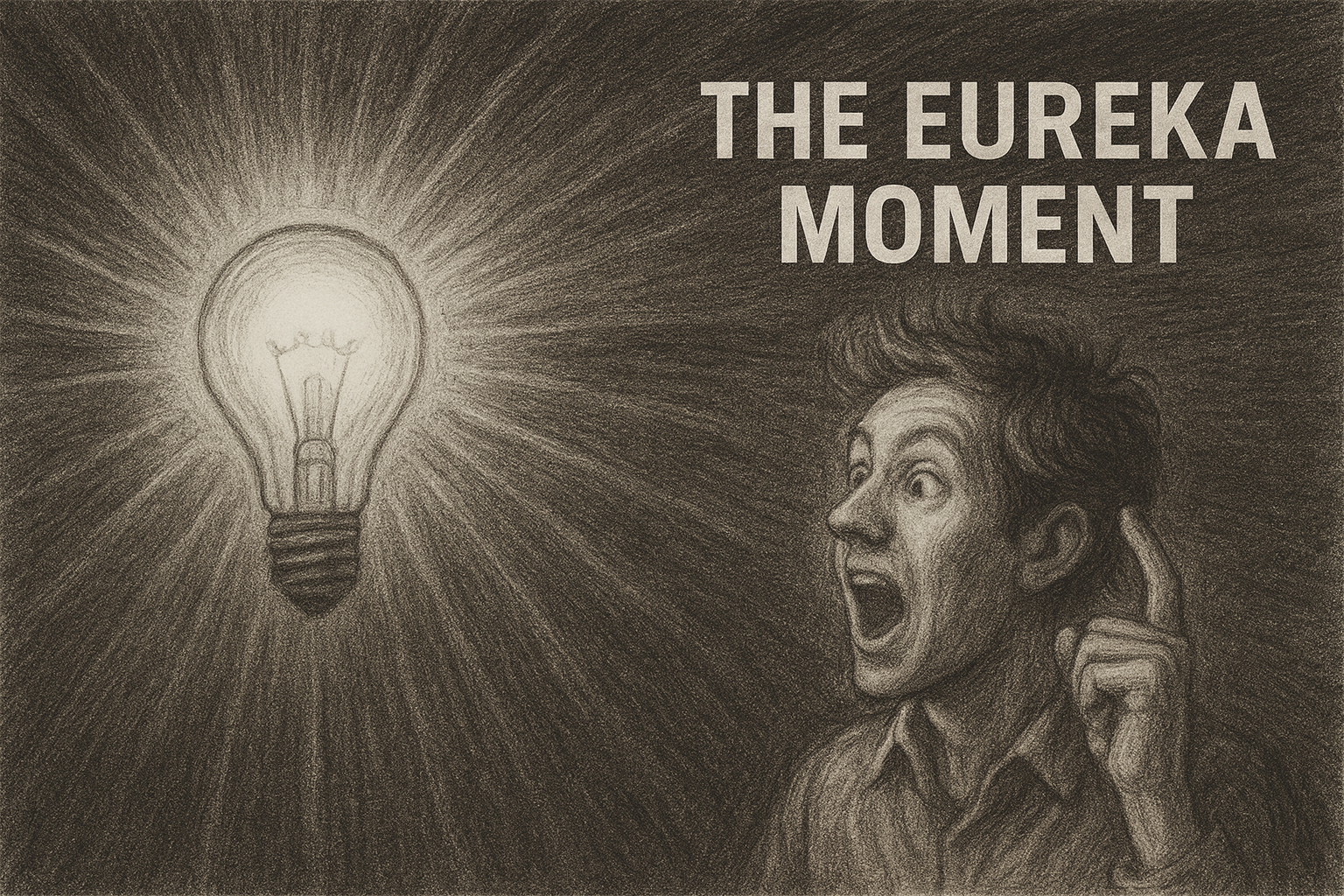
The Eureka Moment
We all know E = MC². Energy equals mass times the speed of light squared. But what if I told you that in the startup world, it's actually Execution = Motivation × (Capital²)?
Stay with me here. This isn't just a clever play on physics—it's the difference between founders who break through and those who burn out.
E = Execution. Not ideas. Not plans. Not PowerPoint decks with fancy animations. Pure, measurable execution.
M = Motivation. Your personal nuclear reactor—the drive, grit, and hunger that gets you out of bed when your bank account is crying and your mom is asking when you're getting a "real job."
C² = Capital Squared. And here's where it gets interesting...
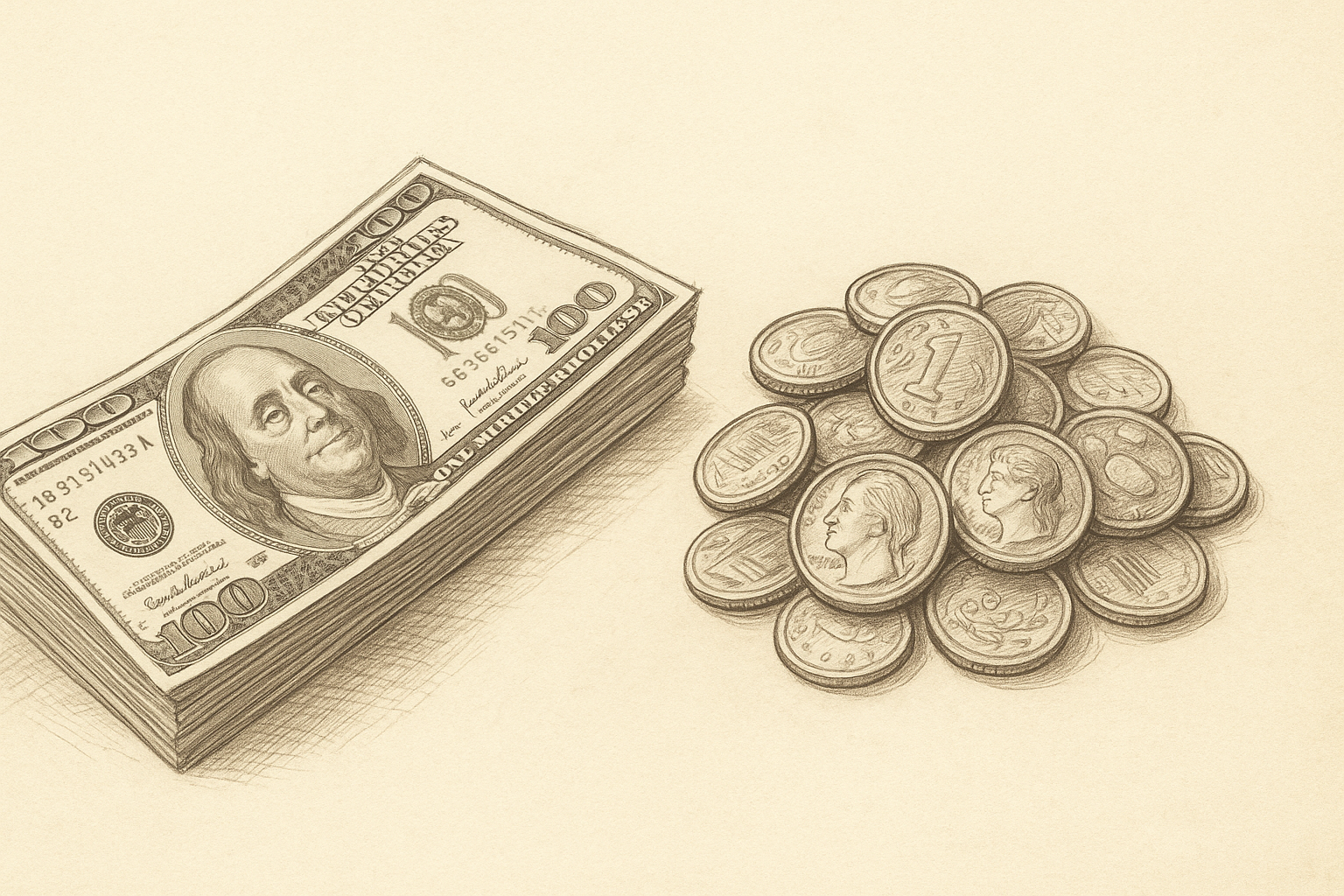
The Two Faces of Capital
Most founders think capital is just the money in their bank account. Wrong. Capital has two dimensions that multiply each other:
Access to Capital × Ability to Leverage Capital
Think of it like having a Ferrari. Access means you can get the keys. Leverage means you actually know how to drive it—and more importantly, where to drive it.
The Access Masters
Take Brian Chesky from Airbnb. In 2008, this guy was selling cereal boxes to keep his startup alive (yes, actual cereal boxes—Obama O's and Cap'n McCain's for $40 each). His access to traditional capital? Zero. But he had access to something else: creativity, hustle, and eventually, the right networks. When he finally got in front of investors, that unconventional story became part of Airbnb's legendary origin myth.
The Leverage Legends
Then there's Drew Houston from Dropbox. When he raised his Series A, he didn't just stuff the money in a bank account and hope for the best. He laser-focused every dollar on solving one problem: getting people to actually use the product. While competitors were burning cash on fancy offices and ping-pong tables, Houston was leveraging his capital to create a seamless user experience that made file syncing feel like magic.

Why Squared Changes Everything
Here's the physics lesson your startup needs: when you square capital, small improvements create massive results.
Let's say you're decent at accessing capital (5 out of 10) and decent at leveraging it (5 out of 10). Your capital factor is 5 × 5 = 25.
But what happens when you get slightly better at both—say, 7 out of 10 for each? Now you're at 7 × 7 = 49. That's not a 40% improvement—it's nearly double the execution power.
This is why some startups seem to explode overnight while others plateau forever. It's not linear growth—it's exponential amplification.
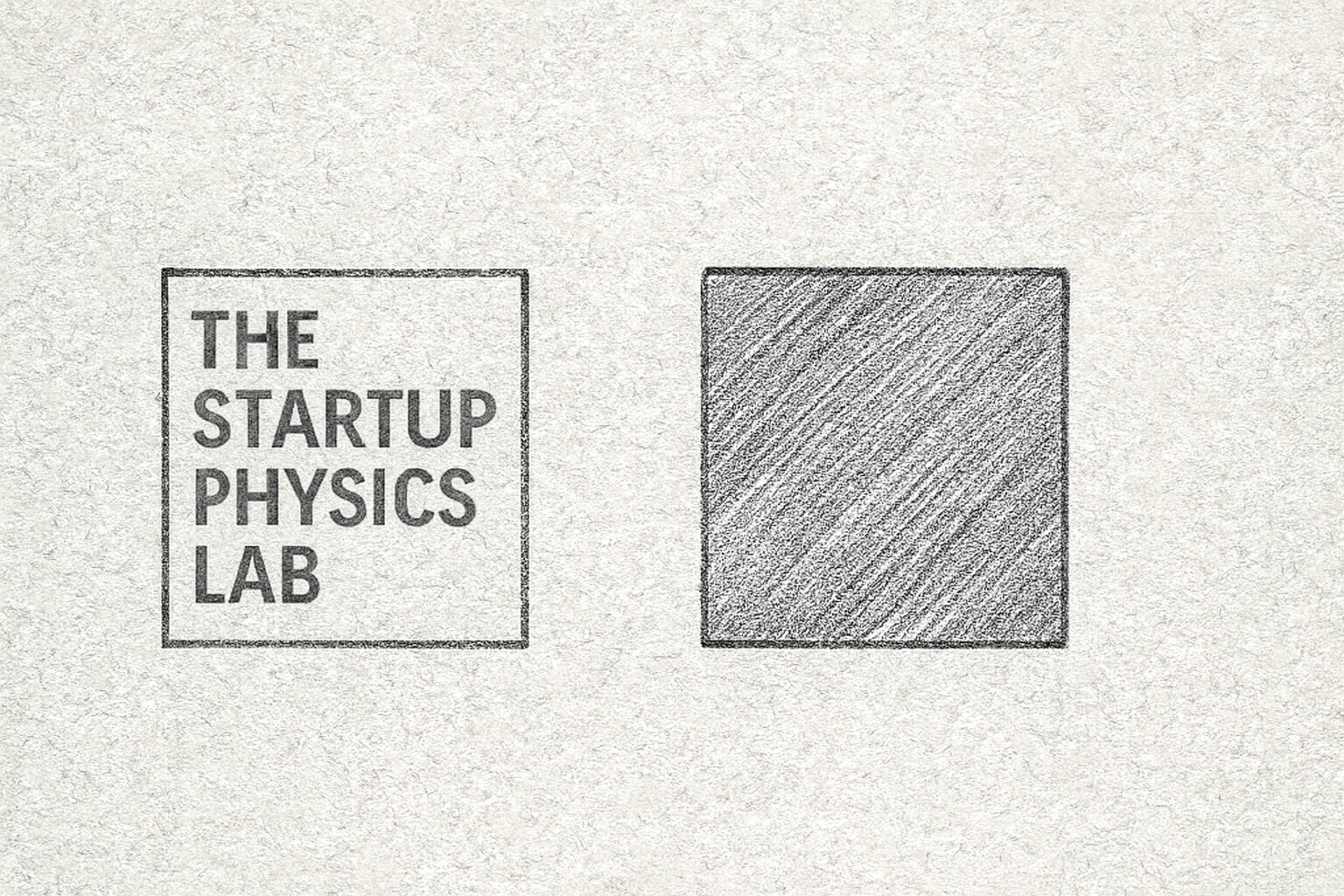
The Startup Physics Lab
Let's examine some real-world experiments:
Experiment 1: High M, Low C²
The Scrappy Hustler
Meet Sarah, who spent three years building an amazing productivity app. Her motivation? Off the charts. She worked 80-hour weeks, learned to code, designed the UI, and even handled customer service. But she had almost no access to capital and didn't know how to leverage what little she had.
Result: Lots of sweat, little lift. Her app works beautifully but has 200 users after three years.
Experiment 2: Low M, High C²
The Overfunded Underperformer
Then there's Marcus, who raised $2 million for his "Uber for dog walking" startup based on a slick pitch deck and his Stanford MBA. Great access to capital, solid understanding of how to spend it on growth marketing. But his motivation? He was more interested in the founder lifestyle than actually solving problems.
Result: Wasted potential. The money ran out in 18 months with little to show for it.
Experiment 3: The Nuclear Fusion
High M, High C²
Finally, meet the founders who cracked the code. Take Melanie Perkins from Canva. She spent three years getting rejected by 100+ investors (building access the hard way) while obsessively perfecting her product and understanding exactly how to deploy resources for maximum impact (leverage mastery).
When M and C² finally aligned? Nuclear fusion. Canva went from startup to $40 billion company because every dollar and every ounce of motivation compounded exponentially.
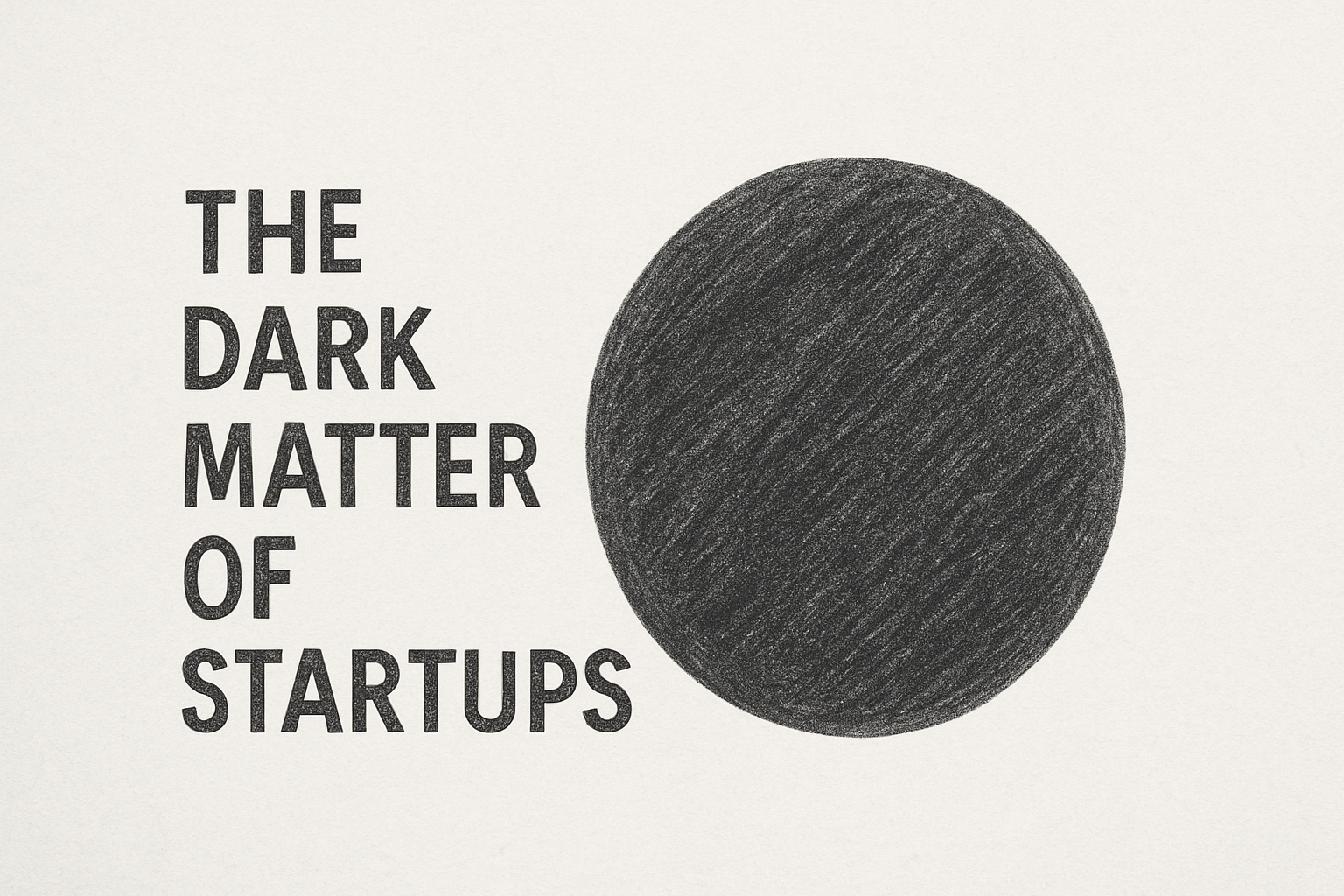
The Dark Matter of Startups
But here's what makes this formula really powerful: it reveals the dark matter of startup failure.
Most founders think they need more of everything—more money, more motivation, more time. But the equation tells a different story. If your motivation is high but your capital access and leverage are both weak, you're not going to 2x your execution by working twice as hard. You need to fix the C² problem.
Conversely, if you've got capital but your motivation is flagging, throwing more money at the problem is like pouring water into a bucket with a massive hole in the bottom.
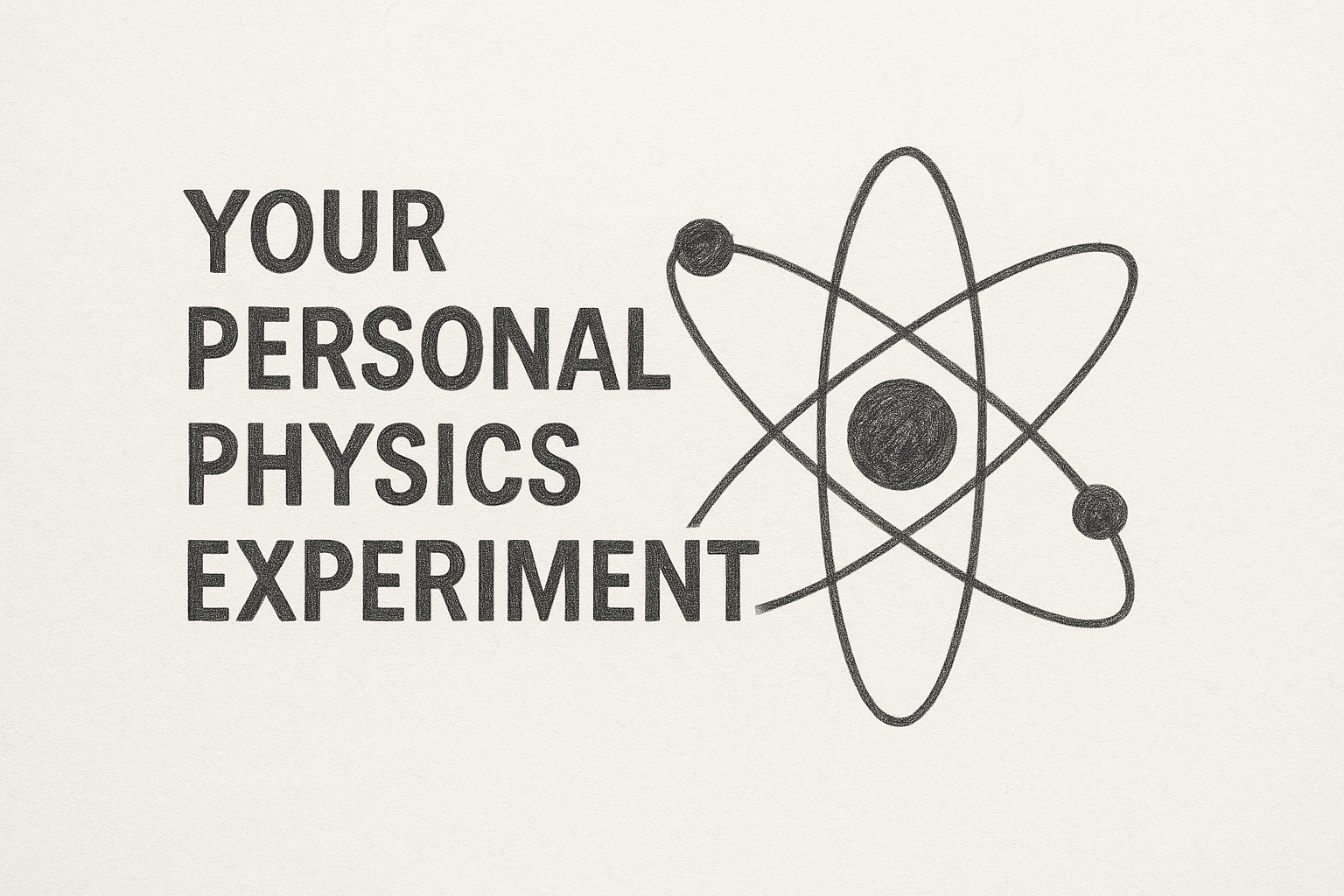
Your Personal Physics Experiment
So how do you apply Einstein's startup wisdom to your own venture?
First, audit your M: Are you genuinely driven by solving a real problem, or are you in love with being a "founder"? Motivation isn't just working long hours—it's having such clarity on your mission that obstacles become puzzles to solve rather than walls to hit.
Next, measure your C²:
- Access: Can you get money, talent, partnerships, and attention when you need them? This isn't just about having rich friends—it's about building credibility and relationships systematically.
- Leverage: When you do get resources, do you deploy them with surgical precision? Are you measuring what matters and optimizing for outcomes, not just outputs?
Finally, look for the multiplier effect: Small improvements in both dimensions of capital create exponential improvements in execution. A 20% boost in access combined with a 20% boost in leverage gives you a 44% increase in total capital power.

The Speed of Light Constant
Einstein's original equation had one constant: the speed of light. It never changes.
In our startup equation, the constant is something else entirely: focus. The speed at which you can learn, adapt, and execute consistently. Without this constant, even perfect motivation and capital lead nowhere.
The most successful founders aren't necessarily the smartest or the most funded—they're the ones who maintain unwavering focus while systematically improving both their access to resources and their ability to leverage them effectively.\
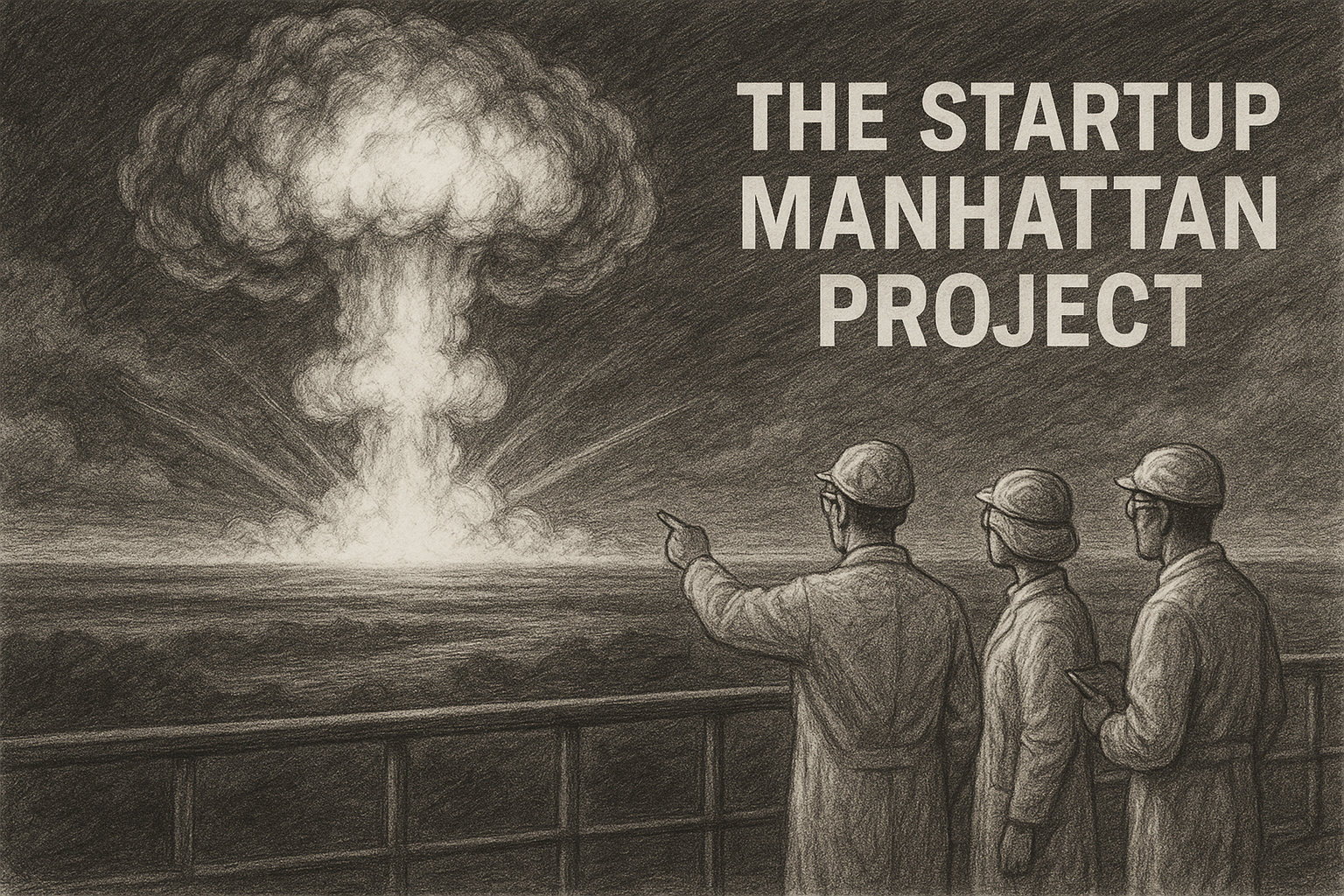
The Startup Manhattan Project
Einstein's equation eventually led to both nuclear power and nuclear weapons—tremendous force that could create or destroy. Your startup equation works the same way.
High execution can build category-defining companies that improve millions of lives. But without wisdom and purpose guiding that execution, it can also create solutions looking for problems, toxic work cultures, and massive waste of human potential.
The choice is yours. You have the formula now. The question isn't whether you can split the atom—it's what you're going to build with the nuclear energy of entrepreneurship.
After all, Einstein didn't just discover E = MC². He showed us that mass and energy are two forms of the same thing. In startups, motivation and capital aren't separate ingredients—they're different expressions of the same fundamental force: the power to transform ideas into reality.
Your move, founder. Time to split some atoms.
What's your current M × C² score? Take the startup physics test and find out where your execution energy is really coming from.
